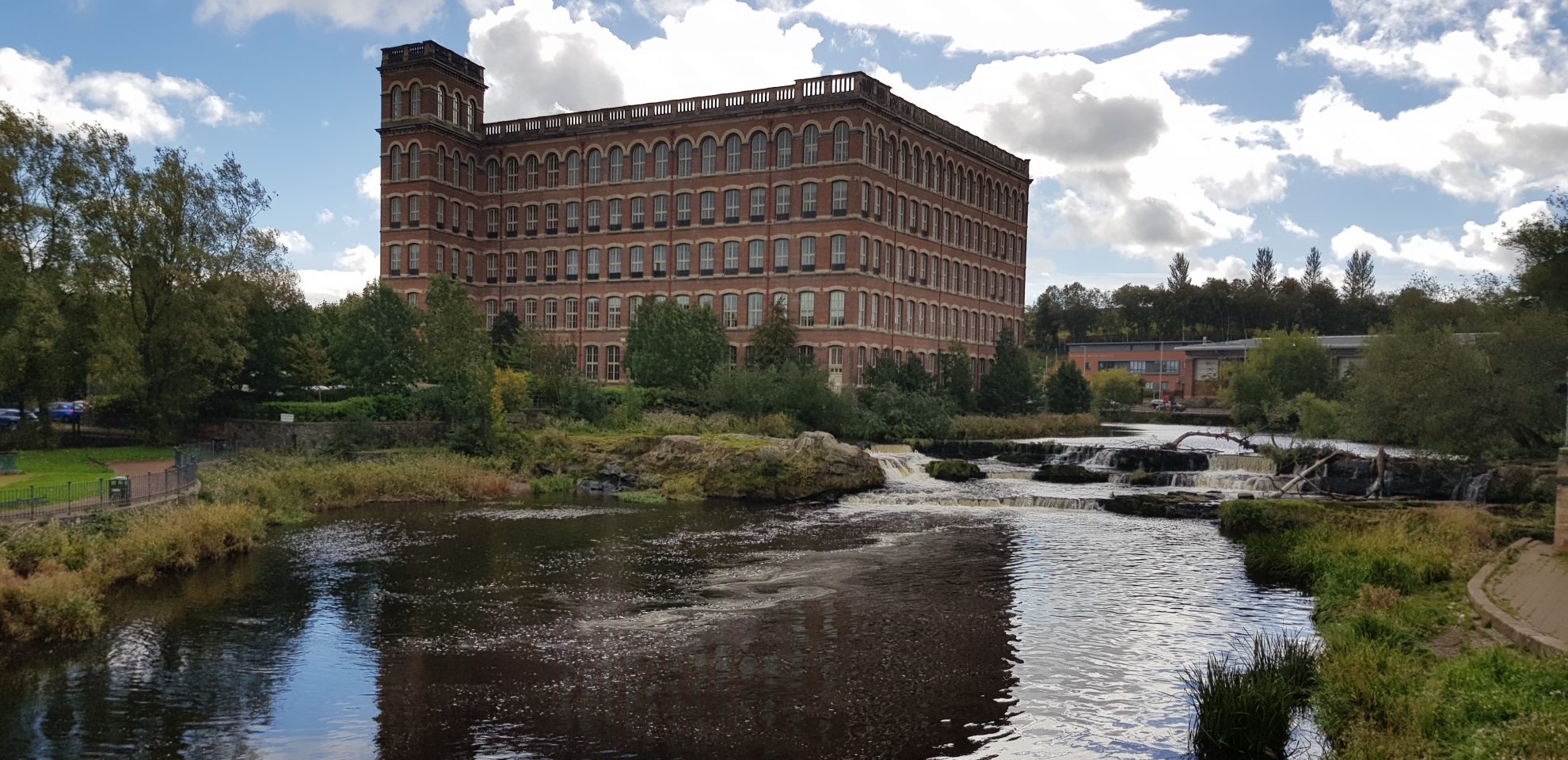Your basket is currently empty!
-
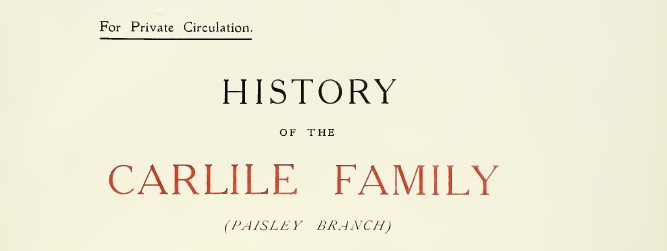
Annan to Paisley: The Carlile family of Paisley
Over the last 8 to 10 years a lot of my research has focused on the introduction of fine Linen Thread production into Scotland by Christian Millar or Shaw of Bargarran at Erskine in 1722. Over the next 30 years Paisley had become home to many linen thread manufactures, all copying the techniques of Christian. …
-
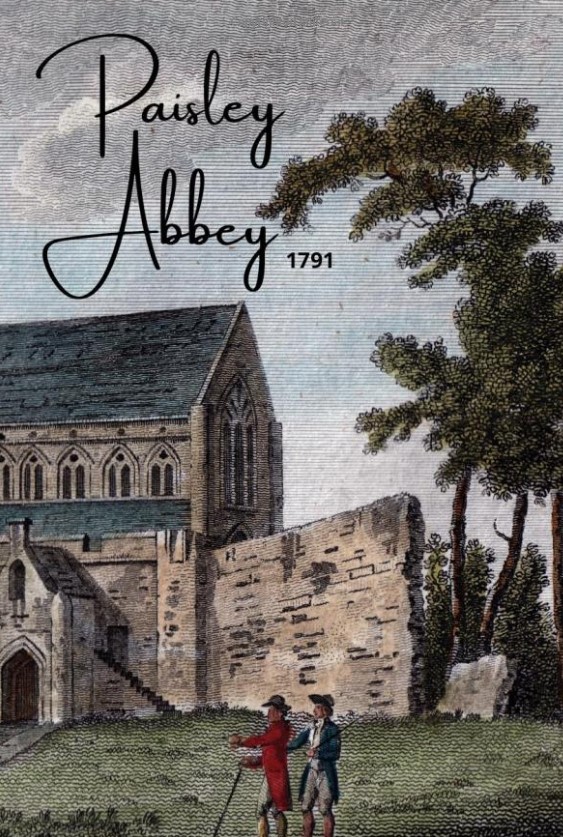
Paisley Abbey Notebook
This 120 page, wide lined, notebook features a late 18th Century coloured line engraving of Paisley Abbey on the cover. The image is entitled “Pals” and was drawn by J Hooper on the 12th March 1791 and engraved by Sparrow. The image shows the damage done to the Abbey by the collapse of it’s tower…
-

New History Cafes / Workshops & Talks
We are pleased to reveal new History Cafe Sessions, Workshops and talks between the end of February and April 2023. We also have have a new venue! We will be holding our new events at Restoration & Creation at 6 Browns Lane, Paisley, PA1 2JH. housed in historic buildings on one of Paisley’s last surviving…
-
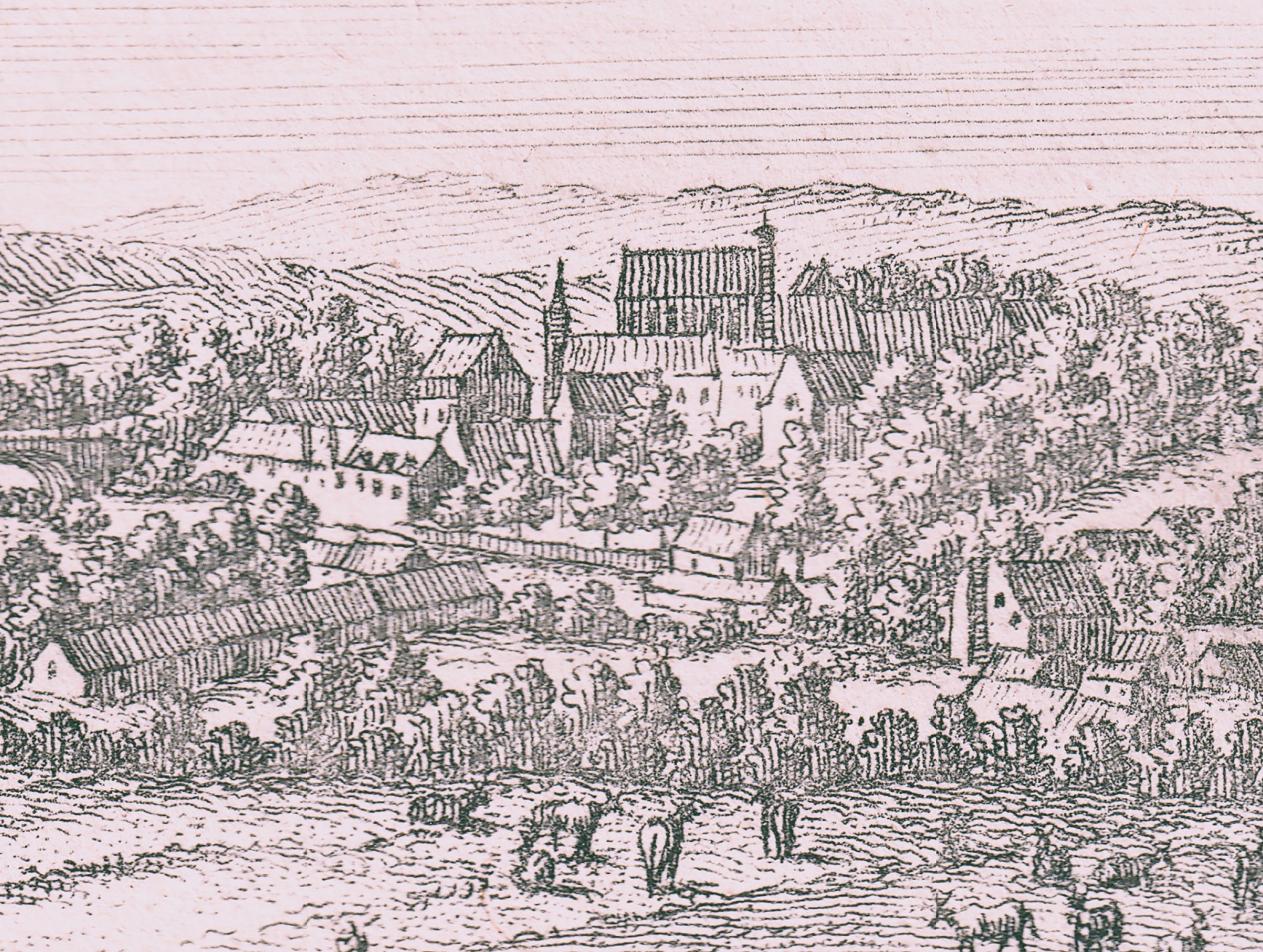
Situation and Surrounding of Paisley Abbey
Let us recall the beautiful situation and surroundings of the abbey in the palmy days of the Abbots. The river Cart then ran clear and sparkling between green wooded banks. The monastic buildings: the great Gatehouse built by Abbot Tervas, about 9 meters north-west from the north-west turret of the Abbey, “a great pend most…
-
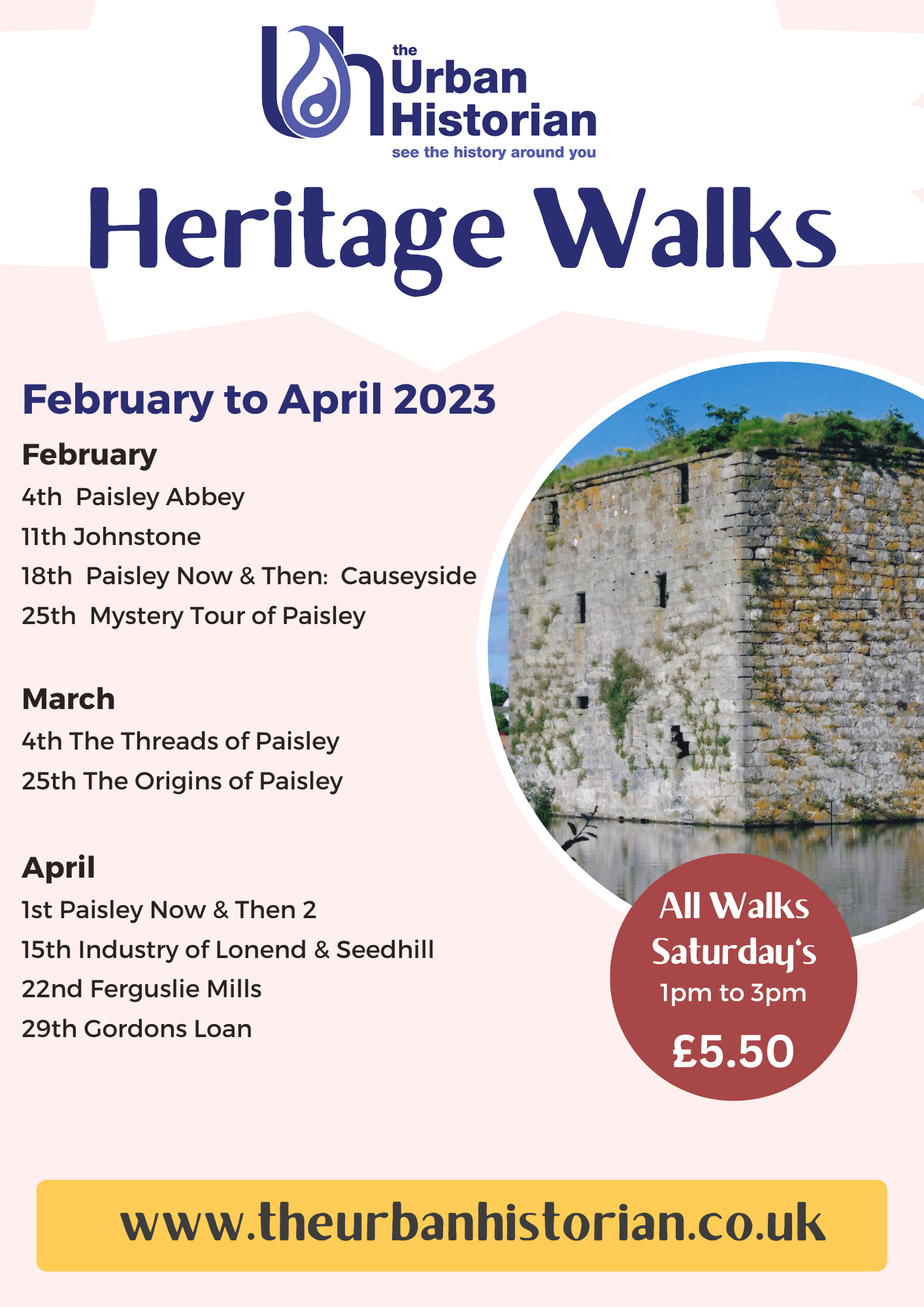
February to April 2023 Walks
Our heritage walks for February to April 2023 will be available to book early January. The image below lists the scheduled walks.
-
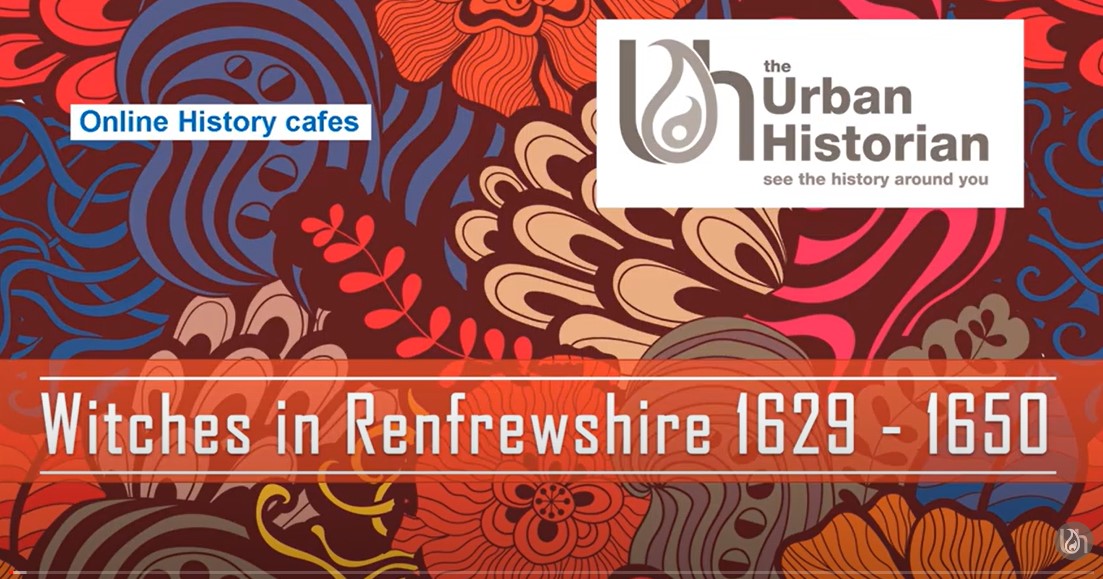
Halloween & Witches of Renfrewshire 1629 -1650 Online Talk
Halloween is coming on us fast this year. At the end of September our window display at Allan’s Fish & Chip Restaurant on Storie Street will be getting replaced with a display on the Witches of Renfrewshire. To accompany this we are launching a pre recorded history cafe session for anyone interested in the subject…
-
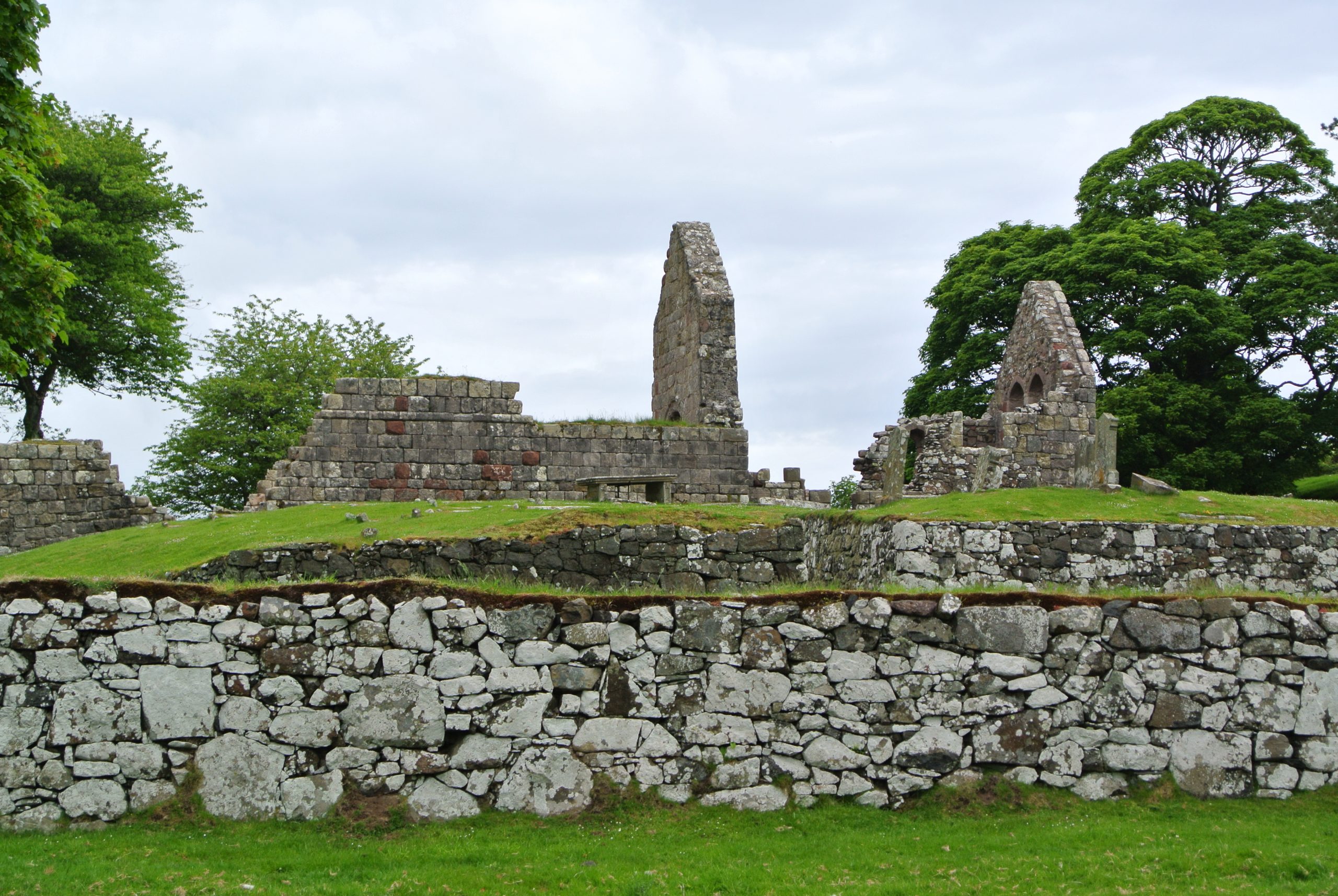
June/ July Update
June has been a busy month which incorporated a short break on Bute exploring some of the archaeological and historical sites on the island. over the next few weeks you may spot a few posts about places visited and connections to Paisley and Renfrewshire. On the 24th June we are leading a heritage walk “Linen…
-
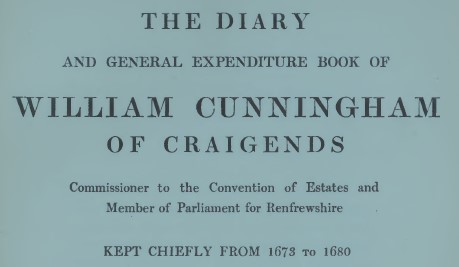
There was a jovial beggar
I’ve just been reading the THE DIARY AND GENERAL EXPENDITURE BOOK OF WILLIAM CUNNINGHAM OF CRAIGENDS, Commissioner to the Convention of Estates and Member of Parliament for Renfrewshire which was kept between 1673 and 1680. The time period falls directly into the Covenanting time period, which was also subjected to harsh harvests leading to impoverished…
-
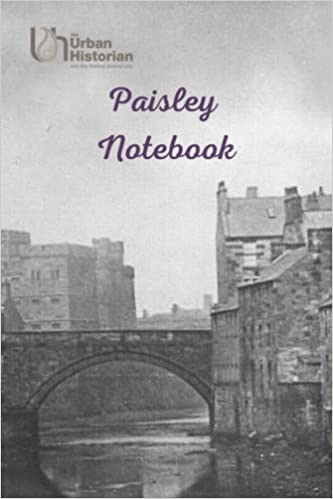
Paisley Notebook: The White Cart and Jail
Our Second notebook features an image of the River White Cart and the old Paisley Jail. Inside you will find 120 pages of white lined paper ready for you to write down those memories of Paisley or your own secret thoughts of the day. You can order your new notebook right now on Amazon for…
-
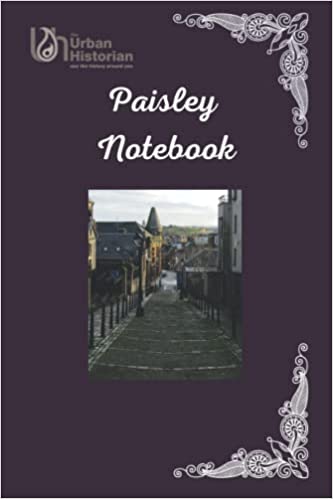
The Paisley Notebook
We are launching our new 120 page, lined Paisley Notebook range. The first two versions are now available to purchase on Amazon.co.uk This first notebook has a purple cover and features an image looking down church Hill towards New Street and Saucel Hill. Inside the pages are white with black lines. You can order a…
